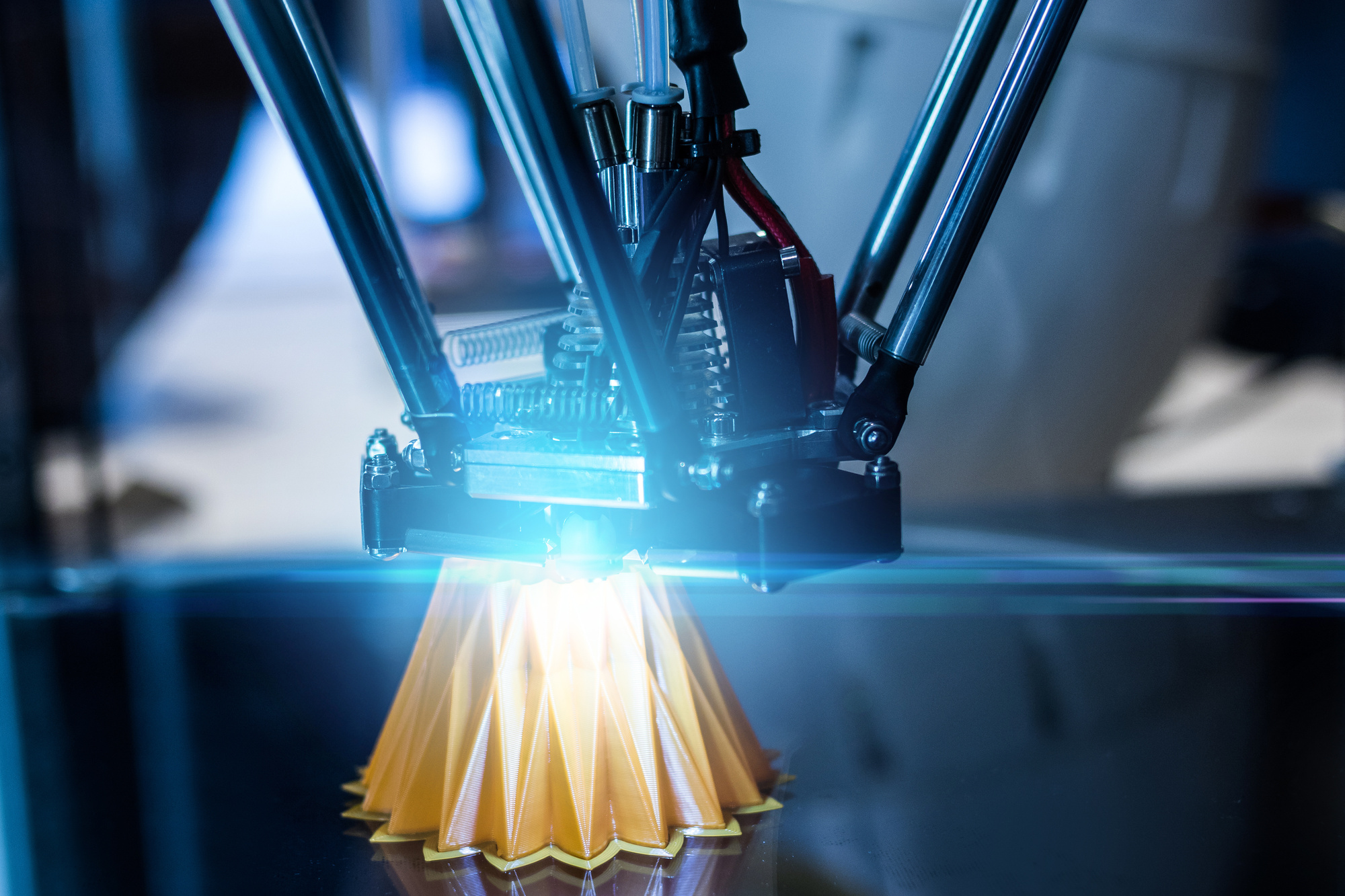
At SMI Composites, we use high-quality materials such as carbon fiber filaments. Professionals utilize this strong material for manufacturing and 3D printing.
Using this material allows us to produce the finest end products. Carbon fiber filament is stiffer and lighter than steel. Request a quote if you’re interested in using this composite for your engineering projects.
It’s stronger than other similar options because of the unique process used to create it. Continue reading to find out about the production process of this versatile material and some of its history.
A Brief History of Carbon Fiber Filament
Thomas Edison discovered carbon fiber technology in the late 1800s. He used the filament in early lightbulbs.
Over the years, technology has advanced and so has the usefulness of carbon fiber. Today, used for many high-performing products. Carbon fibers are in everything from planes to racecars.
Depending on how it’s processed, manufacturers produce different types of carbon fibers. There are many varieties of sheets, fabrics, tubes, and more.
The Six-Step Production Process
Carbon fibers are versatile and come in a wide variety of forms. You can use it with molds, resins, and polymers when it’s in composite form. A six-step production process makes this material.
1. Polyacrylonitrile
Not all producers start with polyacrylonitrile (PAN), but it’s the preferred material. It’s a byproduct of petroleum.
2. Mixing and Spinning
After obtaining the PAN from the petroleum, it’s mixed with a few other ingredients. Therefore, then spun. When the spinning is complete, the material is about 10% as thick as a strand of hair.
3. Fibers
From there, the fibers have to be oxidized. This step is necessary. Without it, the fibers are too unstable for the binding and carbonization process.
4. Carbonization
When removing impurities, fibers are carbonized and heated at 1000 degrees Celsius.
5. Surface Treatment
Once carbonization completes, then surfaces will be treated. This is to stabilize the fibers further for the next step.
6. Sizing
For the last step, the fibers are coated then spun again. This process creates strong and versatile carbon fibers that cause the filament to grow in strength and stiffness. They also reduce the weight of the overall end product.
The carbon fiber yarn is further processed after this step. The next step varies based on what the final application is. Forged carbon fiber has different final steps than a carbon fiber sheet.
Find a Carbon Fiber Manufacturer Now
When seriously invested in manufacturing and engineering needs to have a reliable source of carbon fiber filament.
Innovators are constantly experimenting with the material and trying to find ways to improve it.
At SMI Composites, we believe carbon fiber filament is the future of manufacturing. We do everything from tool construction to autoclave curing.
The next time you’re working on a project that involves carbon fiber filaments, contact us. We take on projects of all shapes and sizes, so don’t hesitate to request a quote.
